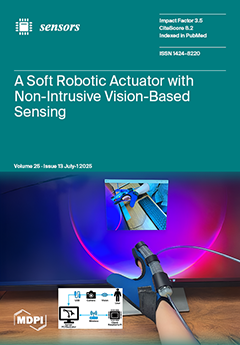This study aims to rapidly in situ identify starch sausage samples with the improper addition of chicken bone paste. Chicken bones play important roles in building materials, biomass fuels, and as food additives after enzymatic hydrolysis, but no current research indicates that chicken
[...] Read more.
This study aims to rapidly in situ identify starch sausage samples with the improper addition of chicken bone paste. Chicken bones play important roles in building materials, biomass fuels, and as food additives after enzymatic hydrolysis, but no current research indicates that chicken bones can be directly added to food for consumption. Especially in starch sausages, the addition of chicken bone paste is highly controversial due to potential risks of esophageal laceration and religious concerns. This paper first uses laser-induced breakdown spectroscopy (LIBS) to investigate the elemental differences between starch sausages and chicken bone paste. By preparing mixtures of starch sausages and chicken bone paste at different ratios, the relationships between the spectral peak intensities of elements, such as Ca, Ba, and Sr, and the proportion of chicken bone paste were determined. Through processing methods such as normalization with reference spectral lines, selection of the signal of the second laser pulse at the same position, and electron temperature correction, the determination coefficients (R
2) of each element’s spectral lines have significantly improved. Specifically, the R
2 values for Ca I, Ca II, Ba II, and Sr II have increased from 0.302, 0.694, 0.857, and 0.691 to 0.972, 0.952, 0.970, and 0.982, respectively. Finally, principal component analysis (PCA) was used to distinguish starch sausages, chicken bone paste, and their mixtures at different ratios, with further effective differentiation achieved through t-distributed stochastic neighbor embedding (t-SNE). The results show that LIBS technology can serve as an effective and rapid method for detecting elemental composition in food and distinguishing different food products, providing safety guarantees for food production and supervision.
Full article






